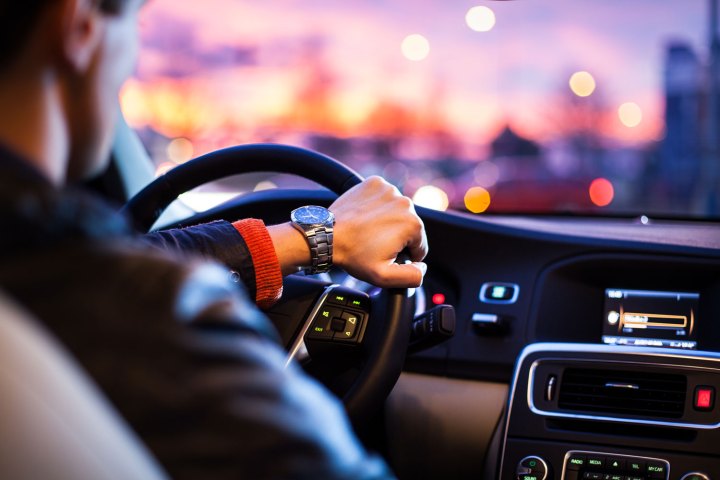
The study was published in the American Journal of Epidemiology. A coauthor of the study, David Kirk, from the University of Oxford said, “Obviously the rise of Uber and Lyft has been incredible, and we were curious about potential implications.”
The study tracked drunk driving fatalities from 2009 to 2104 in the 100 most populated areas in the United States. They found that during that time period, when Uber was rising quickly, there was no significant decrease in deaths overall or even during peak drinking times like weekend nights.
After the 4th of July campaign law enforcement officials in Las Vegas, one of the areas where Uber worked with police and MADD, said there were no drunk driving-related fatalities for the first time in 10 years. Uber has also said that another study shows a 3.6 to 5.6 percent decrease in drunk driving fatalities in California for the same period. The Oxford researchers said their own statistical controls were “more complete.”
Kirk pointed out that there could be many reasons that the study didn’t find a significant decrease, despite Uber’s growing presence. A big factor is pure numbers. Each year 10,000 people die in the U.S. in drunk driving accidents and the number of Uber drivers is still very small. While there are hundreds of thousands of Uber drivers on duty each month, 4.2 million drunk drivers are on the road every month.
Also, those who ride Uber often may be doing so instead of taking a taxi or bus. The people who are more intoxicated are less likely to be rational and reasonable and may insist on driving regardless. Another factor could be that the study was in large cities where there are already alternate forms of transportation and the Uber might have a larger immediate impact on smaller cities where taxi and bus service isn’t common.
Kirk didn’t rule out Uber’s potential impact and said, “It will be important to revisit the findings in a few years, assuming Uber and Lyft have even greater presence in the U.S. and beyond. And if Uber and Lyft can find a way to have greater appeal to drunk drivers (free or reduced priced rides for inebriated passengers), then there is a possibility of bringing fatalities down.”
Editors' Recommendations
- Looking for a side hustle? Drive with Uber and start earning
- Former Google, Uber self-driving car exec Anthony Levandowski fined $179 million
- Uber self-driving cars were reportedly in 37 crashes before fatal incident
- Uber’s next self-driving car, a hat-wearing Volvo, will start testing in 2020
- Uber’s earnings report could give a clearer picture on self-driving cars




